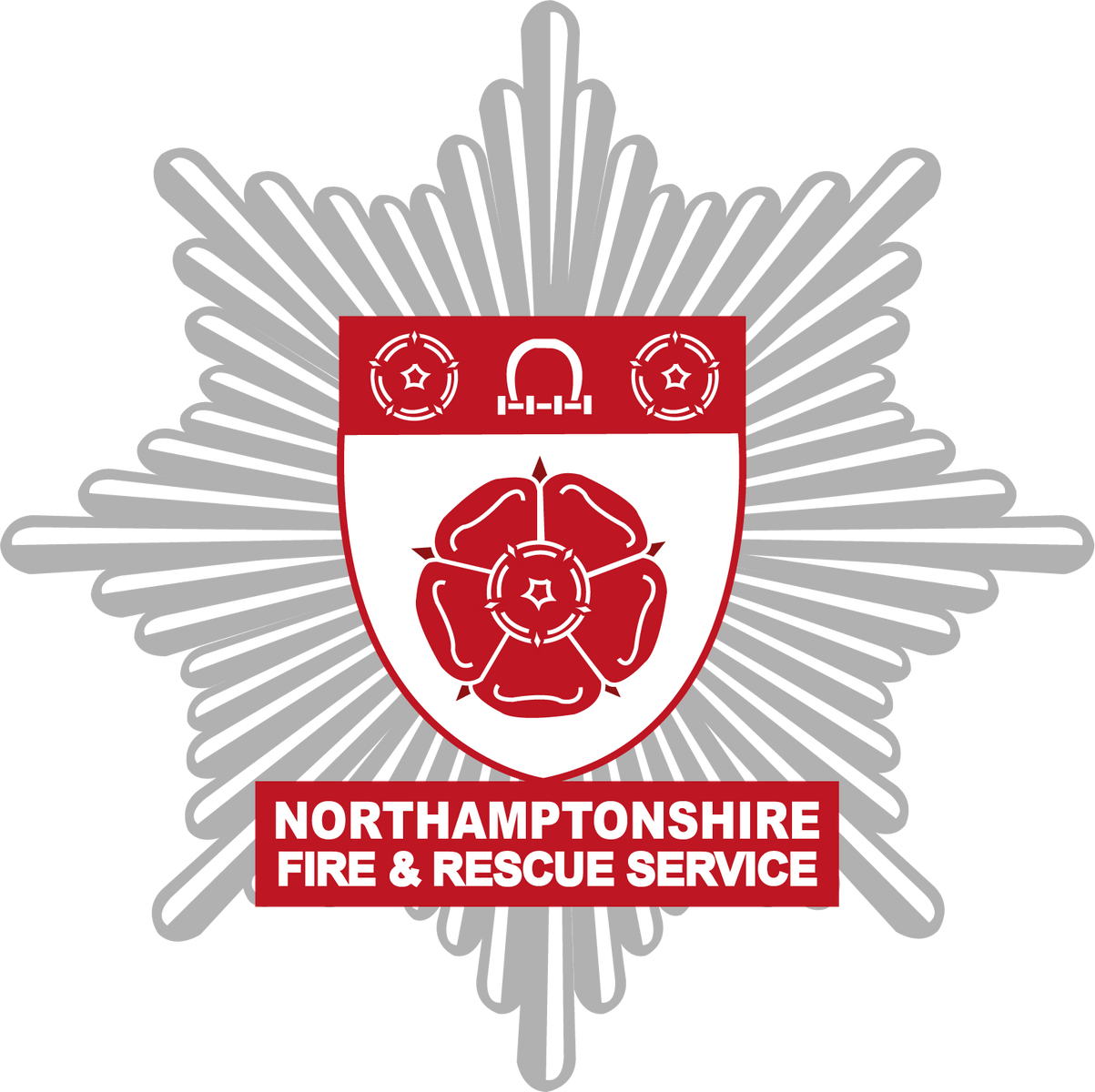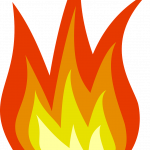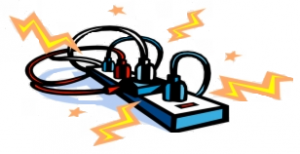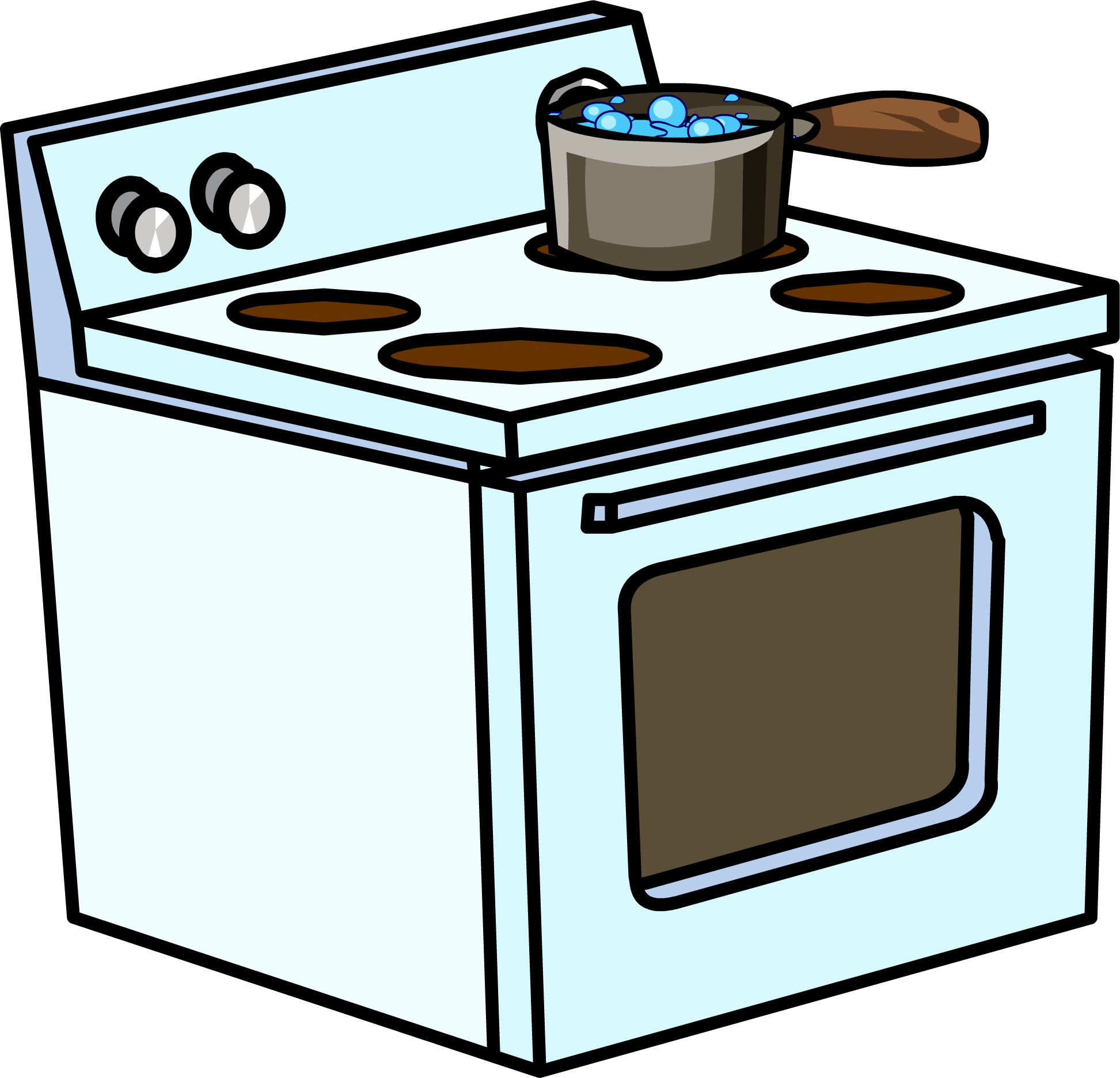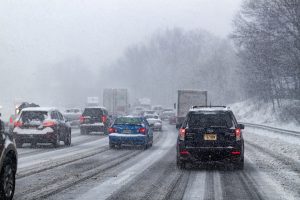Home safety visits
We provide advice on what you can do to make your home safe, including advice for people worried about hoarding or cluttered homes and how to plan your escape should a fire occur.
You are four times more likely to die in a fire if you don’t have a smoke alarm that works. The easiest way to protect your home and family from fire is with working smoke alarms.
Get them, install them and test them, they could save your life. Visit our smoke and carbon monoxide alarms page for further information. Helpful tips on smoke alarms are also available within the ‘Fire safety in the home’ leaflet (Gov.uk).
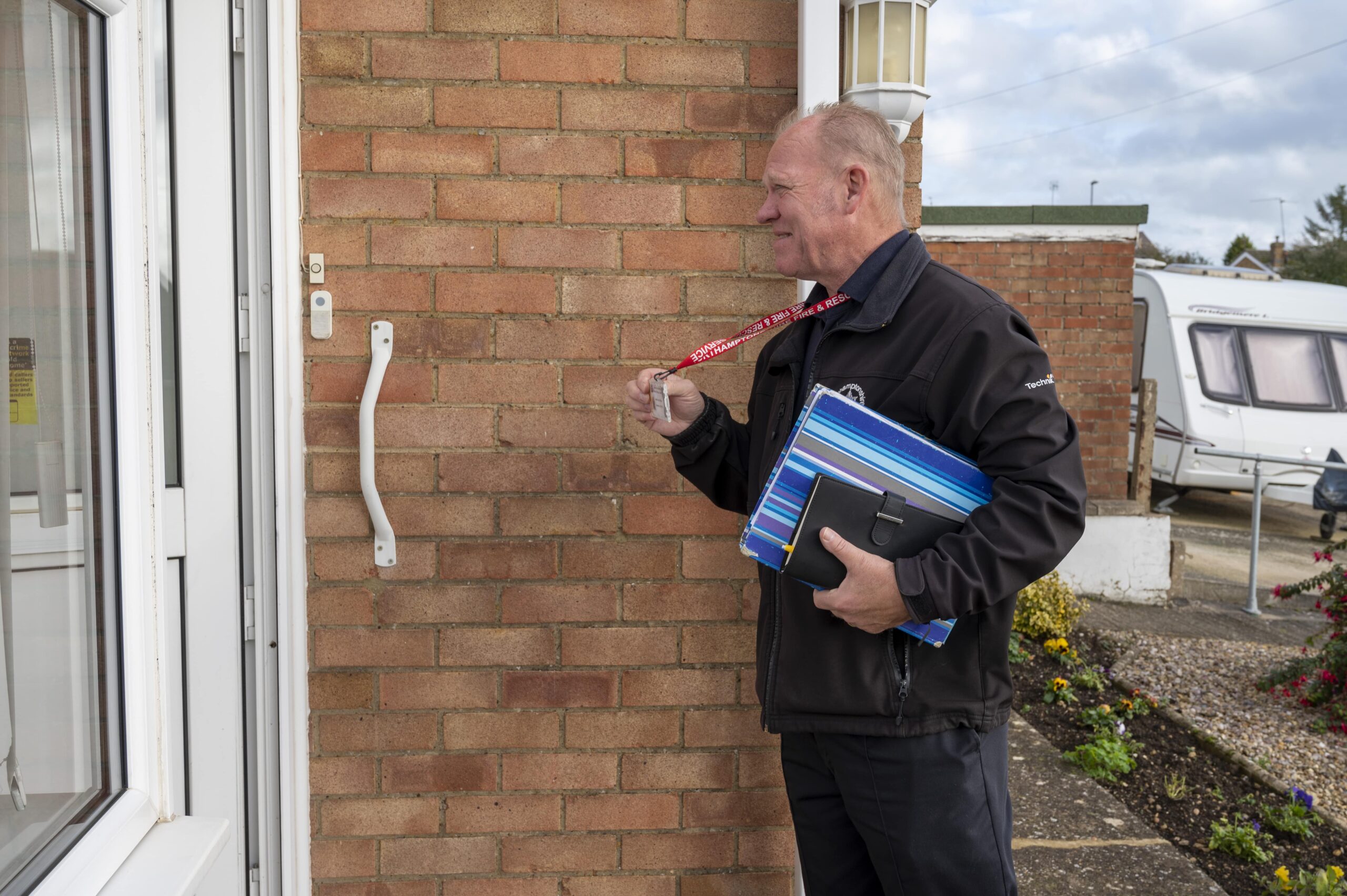
Requesting a visit
Advice on how to stay safe at home is available on this website but if you have specific concerns or queries you can contact us to request further advice and support.
In addition to the guidance provided below, you can make a request for a home safety check. You can also refer a friend or relative so if you know or care for someone who is over the age of 60 or who has a physical or mental health need that affects their ability to react or escape in a fire you can encourage them to contact us or refer them (with their permission).
We prioritise this service for those who are most at risk. Please remember to check the identity of any visitors to your home.
Partner Agency Referral Request a home safety visit
Home Fire Safety Self Checker
It only takes 15 minutes to complete and you will answer questions about your property and lifestyle, and at the end you will get a personalised fire safety action plan to download or print out, which will help keep you and your household safe from fire. It will take you through your home one room at a time and the simple questions will help you spot fire risks as you go around your home, the tool will then offer tips and advice on the steps you can take to reduce those risks. In some cases, it may suggest that we attend your property to install safety measures for you.
Start your home fire safety check
We want you, your family, friends and neighbours to be safe from fire in your home. To help you do this, watch the following short video (courtesy of Norfolk Fire and Rescue Service) which will highlight the risks in your home room by room and give you some advice on how to make it safer: Home safety video.
- Print out the home fire safety checklist (Word 205KB) or open it on your PC, tablet or smartphone.
- Walk from room to room highlighting risks and use the advice points to make it safer.
- If you want further advice use your PC, tablet or smartphone to follow the links to more safety information on our website.
- Once you have done the check make sure everyone in the home is aware of the risks and what to do about them.
- Make sure everyone in the home knows the escape plan and what to do in the event of a fire.
- Practice the escape plan together to make sure it works and everyone knows it.
- Share our links and advice with those you care about it and help them to stay safe too.
- Visit our news page regularly to stay up to date with fire safety information.
If you have children why not make it fun and get them to help you spot the risks so that they develop an understanding about fire safety.
Fitting smoke and carbon monoxide alarms is the first crucial step to protecting yourself from fire. But what would you do if one went off during the night? Watch the video below (courtesy of Cheshire Fire and Rescue Service) and follow the steps to help make you plan ready for an emergency: Make your fire escape plan
- Make sure exits are kept clear. The best route out is the normal way in and out of your home. Think of a second route in case the first one is blocked.
- Practice your escape plan. Keep door and window keys where everyone can find them.
What to do if there is a fire
- Don’t tackle fires yourself. Leave it to the professionals.
- Keep calm and act quickly, get everyone out as soon as possible.
- If there’s smoke, keep low where the air is clearer.
- Before opening a door check if it’s warm. If it is, don’t open it as fire maybe on the other side.
- Call 999 as soon as you’re clear of the building. 999 calls are free.
What to do if your escape is blocked
- If you can’t get out, get everyone into one room, ideally with a window and a phone. Put bedding around the bottom of the door to block out the smoke.
- Call 999 then open the window and shout “Help fire”.
- If you’re on the ground or first floor, you may be able to escape through a window. Use bedding to cushion your fall and lower yourself down carefully. Don’t jump. If you can’t open the window break the glass in the bottom corner. Make jagged edges safe with a towel or blanket.
What to do if your clothes catch fire
- Don’t run around, you’ll make the flames worse. Lie down and roll around. It makes it harder for the fire to spread.
- Smother the flames with a heavy material, like a coat or blanket.
- Remember, ‘Stop, Drop and Roll!’
For more information, please read the information within the ‘Fire safety in the home’ leaflet (GOV.UK).
You are more at risk from a fire when asleep. Most fires start in the kitchen or the lounge, so it’s a good idea to follow the bedtime checklist below before you go to sleep.
- Example checklist (Gov.UK) (found within the ‘Fire safety in the home’ leaflet on page 23)
If you store large amounts of possessions in and around your home, it means that a fire has a greater risk of spreading, and it may be more difficult to escape quickly. You can help keep yourself safe from fire by ensuring you have a fire escape plan (see next section).
If you feel that you need some help or assistance with the above, there are many organisations that will support you through the process free of charge.
For details, go to the Hoarding UK website.
We have produced a Hoarding Framework for partner agencies that seeks to embed an integrated, co-ordinated approach to reducing the impact of hoarding on individuals, their families and the local community.
The Northamptonshire Hoarding Framework is endorsed by the Northamptonshire Safeguarding Adults Board.
